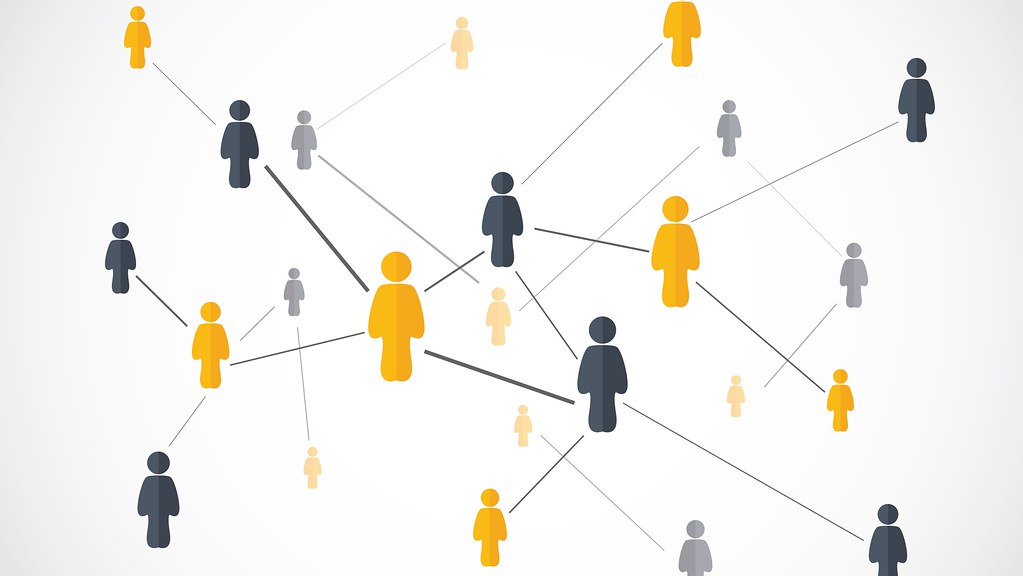Laura G. E. Smith is a Senior Lecturer in Social Psychology at the University of Bath and is joint Editor-in-Chief of the British Journal of Social Psychology.
The spread of COVID-19 is dependent on human behaviour. That makes this pandemic a social psychological issue, and raises the question: what do we know about how humans behave that will increase or decrease the transmission of the virus?
In March 2020, in the media we heard that UK public health policy on COVID-19 was informed by “nudge theory” and behavioural fatigue. Softly does it, said the government – we don’t want people to get tired of complying with social distancing guidelines, or of washing their hands. This representation of human psychology was so misconstrued that hundreds of behavioural scientists signed an open letter to the UK government to express their concern about the use of these ideas to inform public health policy. Indeed, instead of panic and fatigue, we were witnessing widespread compliance with physical distancing advice, an enormous upswell in community engagement, and an explosion in grass-roots initiatives to support the people most affected by the pandemic. How can we explain these public reactions, and how can we maintain and facilitate them?
To provide answers to these question, at the start of the pandemic, we commissioned a rapid response special section of the British Journal of Social Psychology on the social psychology of the COVID-19 pandemic. Our call was met by a record-breaking influx of submissions – demonstrating the capacity and enthusiasm of the social psychology research community to inform the policy response.
Two key messages emerged from the 12 articles that were published this month (summarised here). First, existing social groups, and the structural inequalities embedded in society, create psychological boundaries that shape behaviour – including (non)compliance with public health guidelines. Therefore, models of viral transmission, policy, and public health messaging need to be targeted and tailored to these groups, and their situations, norms, and values. This is also why moralising compliance is hugely problematic and can lead to an increase in prejudice and discrimination.
Second, new groups and behaviours have emerged through this pandemic, and will continue to do so. But why, and how? What is their impact, and how can they be harnessed?
Group differences matter
People we are closest to are likely to pose the greatest risk to our health. This is because we may feel safest with people from our own groups and trust them more, however in their article on health risk and group membership, Cruwys and her team describe evidence that our own group members are the ones with whom we are most likely to take risks. The mathematical models on which governments base their decisions do not take this into account: these models treat all interactions, whether with strangers or friends, equally. Yet, social psychological research suggests that these models, so relied upon by governments, should weight interactions by group membership.
We know from Bliuc’s seminal work that these groups are not necessarily based on demographic differences, like race, sex, age, socio-economic status, and so on. Sometimes, the most meaningful and relevant psychological groups are based on shared opinions and ideas. Maher’s analysis demonstrates that during this pandemic, distinct groups have formed around trust and distrust of science. Public health messaging will fall flat if it is not tailored to these groups and what they (do not) believe in.
Demographic differences may not be the direct cause of people’s behaviour, but they can constrain people’s choices. As Templeton and colleagues describe here, people’s immediate behavioural responses to the pandemic cannot be divorced from deep-rooted social inequalities. Van Assche and colleagues’ research shows that making people aware of these group differences in compliance with public health advice could increase societal tensions, including discrimination towards the very groups who are already suffering the most in this pandemic. To avoid exacerbation of inequalities and the prejudices and discrimination that go alongside non-compliance, long-term practical initiatives to address structural inequality are therefore needed.
Instead of playing the blame game, and moralising and punishing “disobedience”, policing the pandemic should be geared more towards enablement than enforcement. Prosser and colleagues recommend that government and public health officials should (re)consider the role of moral content in their targeted communications, and consider focusing on messages that clearly come from insitutions (e.g., distance markers on shop floors) rather than emphasising personal choice and responsibility. Communications should be inclusive, and aim to promote togetherness, collective resilience, and solidarity across group boundaries (“we’re all in this together; we wear face masks because we care about each other”). Interventions should facilitate equal ability to comply with public health advice by respecting the different needs of different communities, and should prioritise accounting for structural inequalities to avoid alienating vulnerable groups and preventing them from being able to follow the advice.
How to promote collective responsibility
To increase community compliance, for example with mask-wearing, the aim of public health communications should be to collectivise and normalise - rather than individualise - the risks and effects of not adhering to public health advice. In contrast, individualising actions in communications can unhelpfully function to individualise risk. If someone is young and healthy, they can disregard the (low) risk to themselves and thus decide not to comply with the advice. Communications should therefore aim to resonate with worldviews that support collectivism and taking collective responsibility. Indeed, research suggests that promoting collectivism may increase compliance with physical distancing and hygiene behaviors, thus improving public efforts to reduce the spread of COVID-19. As Cruwys argued, because we see members of our own group as most trustworthy and least risky, we should also be careful to cultivate norms of mask-wearing and physical distancing as an expression of care for our loved ones.
But how do you cultivate a norm? Cialdini’s seminal research into social norms and norm-based interventions shows that messages that emphasise constructive aspects of what people actually are doing, rather than what they should be doing, are more effective in creating behaviour change. If you tell people what they “should” be doing, you are implying that many people aren’t doing it – thus reinforcing the opposite message you are trying to convey. At the same time, emphasising what the “average” person actually does can have mixed effects – people may either increase or decrease their compliance with the behaviour to fit with the social norm. For optimum effect, officials should align these two types of norm messages and tie them to an inclusive social group identity.
Existing social groups can be harnessed to improve compliance with public health advice. In their article, Elcheroth and Drury outline the steps that communications should follow to promote helpful behaviour that will reduce viral transmission. They recommend monitoring and communicating community norms, and making constructive norms visible and socially desirable in communications. Guidance should be clear and easy to put into practice, and inclusive role models should be used in disemminating this guidance. People are more likely to listen to a message that comes from someone like themselves, and whom they trust (see Templeton’s analysis). You can build solidarity by encouraging people to recollect shared past ordeals and how they overcame them together.
A final word
To avoid a second wave, it is vital that policymakers listen to social psychologists and adapt public health guidelines according to the evidence. As we described in our editorial,
“if the medical and epidemiological response to this crisis continues to be mirrored by an equally vigorous social psychological response, then we may be able to move beyond the current situation united by our common humanity, better prepared for future pandemics, and better placed to address the long‐term structural inequalities that have been so cruelly laid bare and exacerbated by COVID‐19.”
-
All articles posted on this blog give the views of the author(s), and not the position of the IPR, nor of the University of Bath.
Are you a decision-maker in government, industry or the third sector? Apply now to our virtual Policy Fellowship Programme for access to University of Bath research and expertise. Learn more.
Responses




